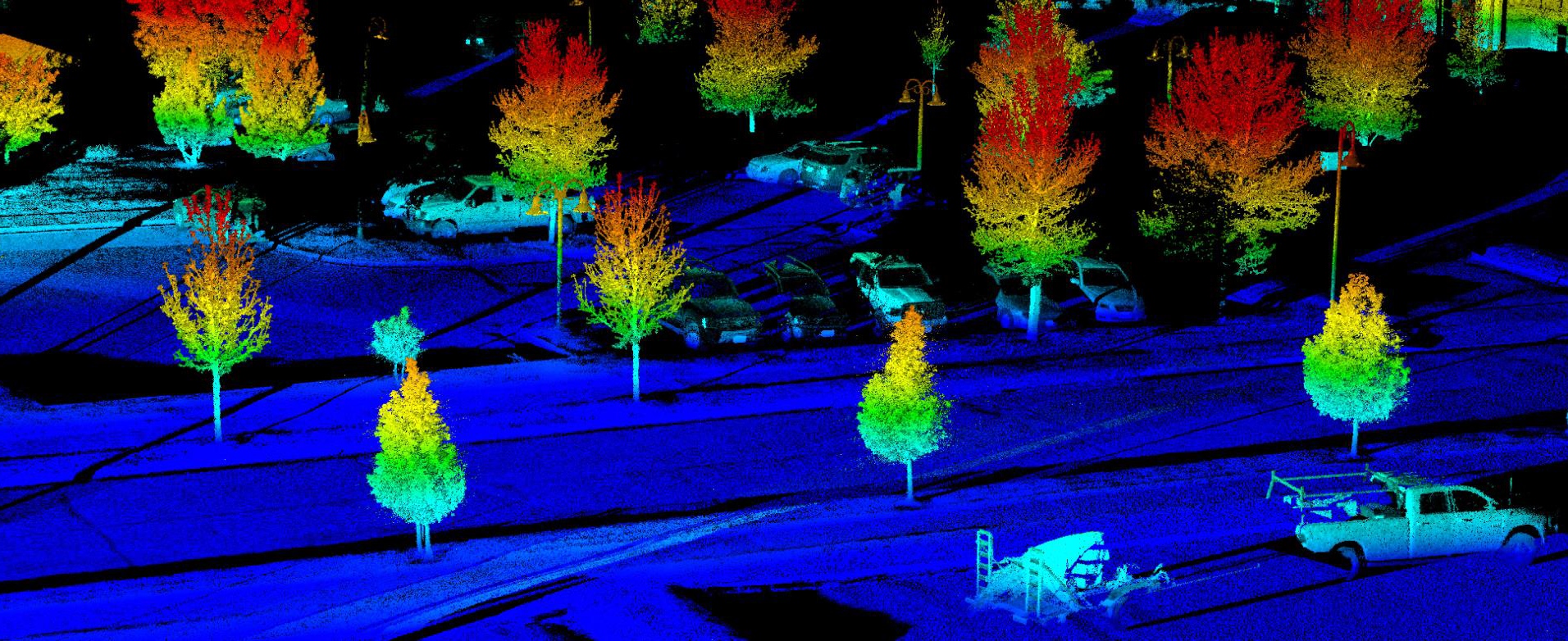Last year, when Montana-based Blackmore Sensors and Analytics received $3.5 million in Series A funding, we wrote about the company’s Frequency-Modulated, Continuous-Wave (FMCW) lidar technology. In short, by leveraging the Doppler effect, Blackmore’s technology simultaneously measures both range and velocity, eliminates interference effects (weather or other lidar systems), and scans at a greater range (around 200 meters) than traditional lidar.
Since then, the company has received $18 Million Series B Financing led by BMW i Ventures, with the help of Toyota AI Ventures, Millennium Technology Value Partners and Next Frontier Capital. Blackmore is using the investment to scale the production of its FMCW lidar sensor for advanced driver assistance systems (ADAS) and self-driving markets.
“Advances in new sensor technologies, like lidar, are going to make cars safer and, eventually, autonomous,” said BMW i Ventures partner Zach Barasz. “Blackmore has unique and innovative FMCW lidar technology that delivers a new dimension of data to future vehicles.”
The development of Doppler lidar
There is one issue with this system Blackmore still needs to solve: It can’t easily detect perpendicular moving targets, since it relies on approaching and receding motions. In addition to that, and as we mentioned in our previous article, the company is still working on developing a solid-state, miniaturized version of their technology for a forward-looking sensor, since the current version still uses a mechanical scanner.
More recently, Blackmore showcased the advances made with its Doppler Lidar in the video below.
Other doppler lidar
Although Blackmore’s solution is the first one for autonomous vehicles, there are other companies who already use Doppler lidar. For example, Mitsubishi is using Doppler lidar for wind power applications and to monitor air traffic safety.
Also, in the early 2000s, NASA developed its first Doppler lidar to support the ALTAIR mission, an autonomous landing on the dark side of the moon. Now, Psionic, a NASA subsidiary, has exclusive access to NASA’s Doppler lidar technology. Although there’s not a lot of information about its availability, the company has stated that it is applying the technology for the automotive, defense and commercial space industries. According to Psionic, this type of lidar provides “unparalleled performance in a range of complex, real world environments and allow consistent ranging no matter the application.”
In the end, with big companies investing in this technology, it seems it’s not a matter of how, but when, this technology will replace or complement the traditional technologies (lidar/cameras) used with autonomous cars.






